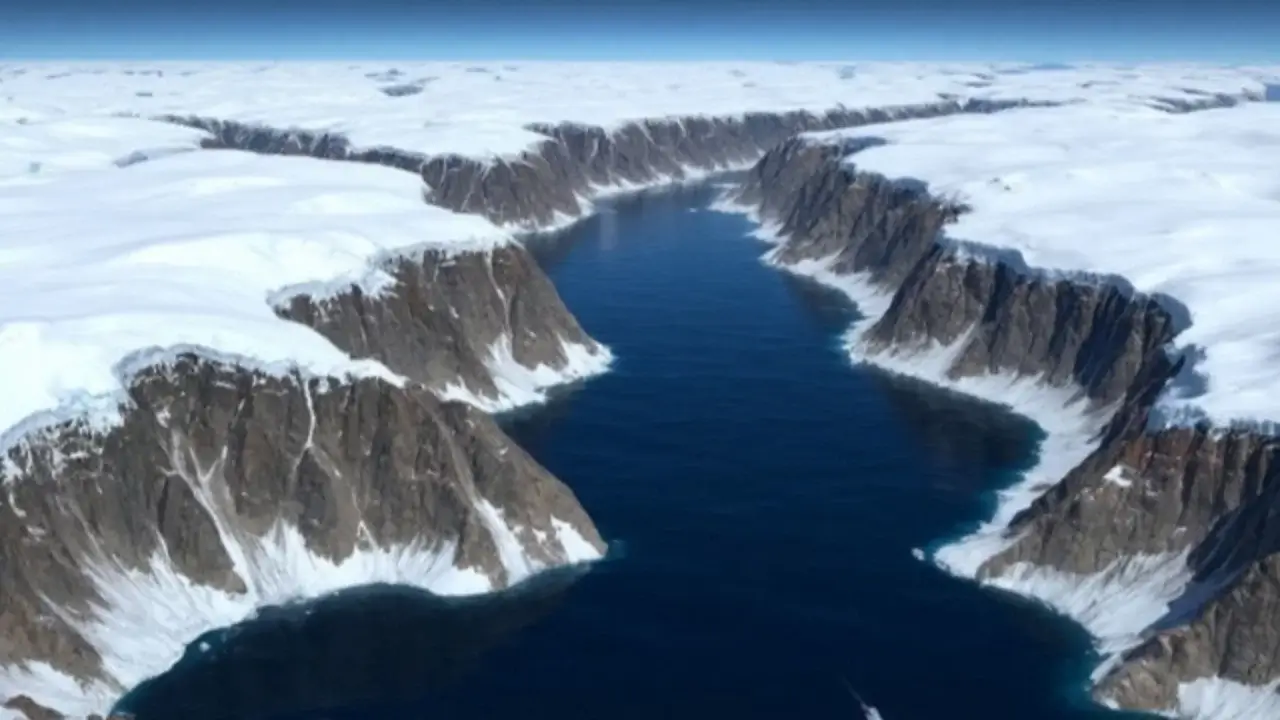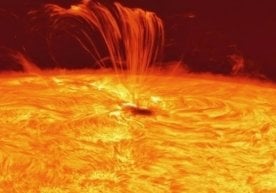
A remarkable discovery in Antarctica has stunned the scientific community. An international research team from the University of Barcelona and University College Cork has compiled the most extensive and detailed catalog of Antarctic submarine canyons to date. According to findings published in Marine Geology, scientists have identified a total of 332 massive underwater canyons, some of which reach depths exceeding 4,000 meters.
Previous studies had never recorded data of this scale. Thanks to advanced mapping techniques, the researchers were able to detect at least five times more canyons compared to earlier results. Experts emphasize that these submarine valleys play a vital role not only in geological formations but also in the transport of nutrients and the regulation of the global climate system.
While Antarctic canyons resemble those found elsewhere in the world, their immense size and depth are attributed to the long-term effects of polar ice sheets. The study revealed striking differences between the submarine systems of East and West Antarctica.
East Antarctic canyons are more complex, branching, and typically U-shaped, indicating long-term development under persistent glacial activity. The largest and most impressive canyon systems are located here, often starting from multiple peaks at the edge of the continental shelf before merging into one main channel.
In contrast, West Antarctic canyons are shorter, steeper, and V-shaped. Researchers link this to the historical development of the ice sheet, supporting the theory that East Antarctica’s glaciers formed much earlier.
One of the most critical findings is that these canyons facilitate the exchange of water between the deep ocean and the continental shelf. This process is essential for the formation of Antarctic Bottom Water, the foundation of global ocean circulation. However, scientists warn that canyons also direct warmer waters toward the coastline, accelerating the melting of ice shelves.
— “If ice shelves weaken or collapse, continental glaciers will flow into the ocean much faster. This would directly contribute to global sea level rise,” the study states.
The discovery was made using the international bathymetric chart of the Southern Ocean (version 2) at a resolution of 500 meters per pixel, four times more precise than earlier maps. The team also developed a semi-automated detection method and a special GIS script to calculate morphometric canyon parameters.
Researchers stress that current climate models do not fully account for such complex processes, which limits the accuracy of climate change predictions. They argue that further seafloor mapping and the improvement of climate models are essential to forecast the true consequences of global warming.
Read “Zamin” on Telegram!Users of Меҳмон are not allowed to comment this publication.













